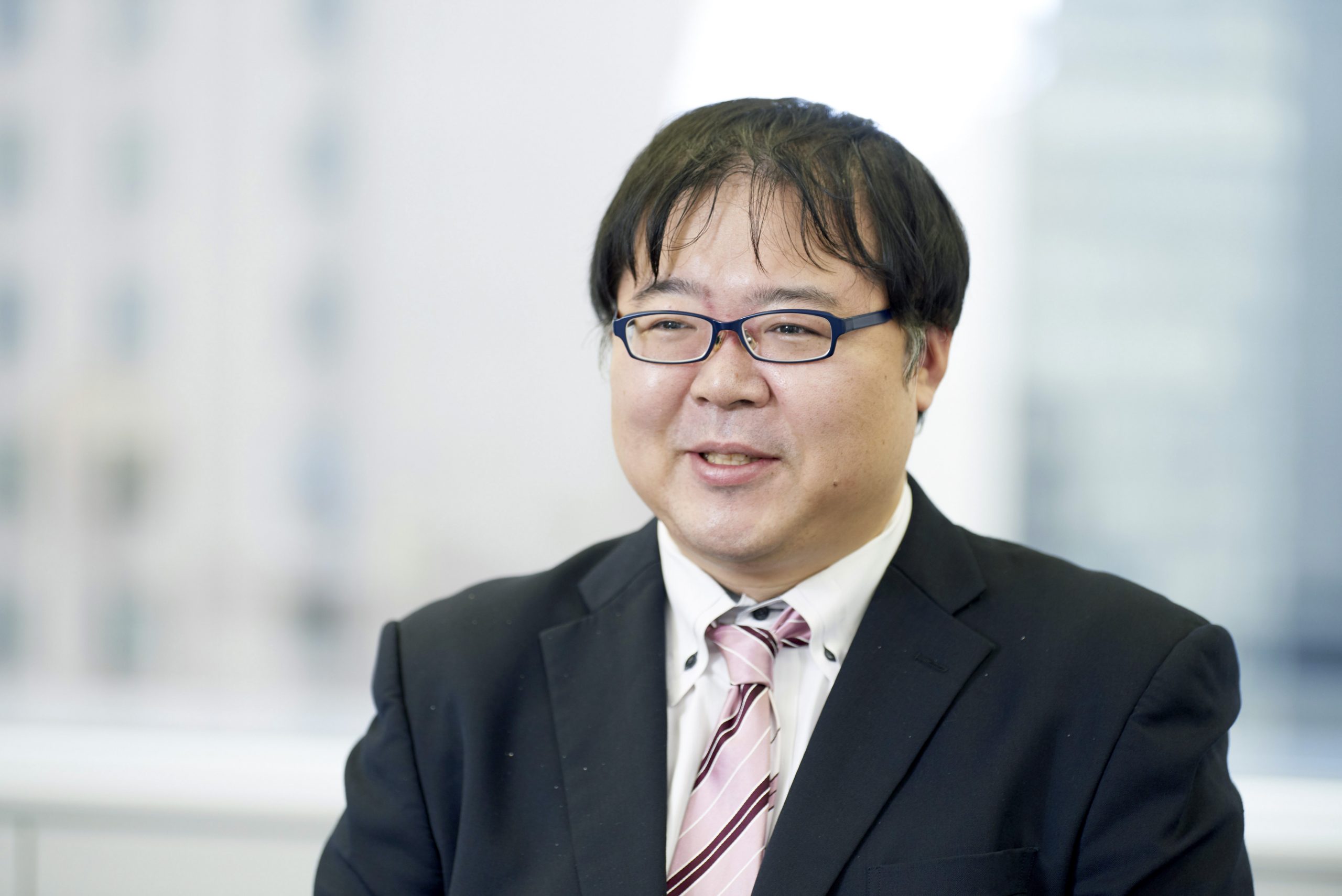
Toshi Negi
Qualification
Patent Attorney (Japan)
Certified to practice IP litigation in Japan
Ph.D.
Practice Areas
Patent
Electrical Engineering, Electronics, Software/ Mechanics, Optics
Dr. Negi specializes in quantum physics and electronics.
Education
Ph.D. in Elementary Particle Physics, Graduate School of High Energy Accelerator Science, Graduate University for Advanced Studies (Sokendai), 2009
Master of Physics, Tokyo Metropolitan University, 2006
Bachelor of Science, Tokyo University of Science, 2004
Research Content
(1) Dr. Negi studied quantum field theory, which describes the creation, annihilation, and interactions of elementary particles in many-body systems as a member of the nuclear physics theory group at the Department of Physics, Faculty of Science and Engineering, Tokyo University of Science.
(2) He also researched candidate theories beyond the Standard Model of elementary particles, and supersymmetric gauge theories at the Department of Physics, Graduate School of Science, Tokyo Metropolitan University and wrote a review paper on N=2 supersymmetric QCD (quantum chromodynamics) . He also worked as an experimental assistant in the Physics Class at the Department of Liberal Arts and Science at Kitasato University.
(3) Later, Dr. Negi researched superstring theory, known as a candidate for quantum gravity theory at the Department of Elementary Particle and Nuclear Physics, Department of High Energy Accelerator Science, Graduate University for Advanced Studies (Sokendai). In particular, he studied the vertex operator of the type IIB matrix model (IKKT matrix model) known as a formulation of the type IIB superstring theory, incorporating non-perturbative effects. The vertex operators correspond to the field representations in the matrix model of elementary particles that appear in the low-energy effective theory of superstring theory. At that time, a method was known as a prior study for obtaining the vertex operators from the supersymmetric Wilson loop by expanding it by acting generators of supersymmetric transformations. Together with his collaborator, he confirmed that the same vertex operators as in the prior study could be rederived by computing the multipoint function of the fields, which are contained in the vertex operators appearing in the closed and open strings of superstring theory, on the disk world sheet and by performing the operator product expansion: [1]. He also conducted presentations at the meeting of the Physical Society of Japan and the workshop at the High Energy Accelerator Research Organization (KEK), etc.
(4) He worked as a research fellow at the Institute of Particle and Nuclear Studies, High Energy Accelerator Research Organization (KEK) and continued his research on supersymmetric gauge and superstring theories.
[Publications]
[1]Y. Kitazawa and T. Negi, “Vertex operators of Type IIB matrix model via calculation of disk amplitudes,” Nucl.Phys. B 817 (2009) 76-116.
Membership
Japan Patent Attorneys Association (JPAA)
